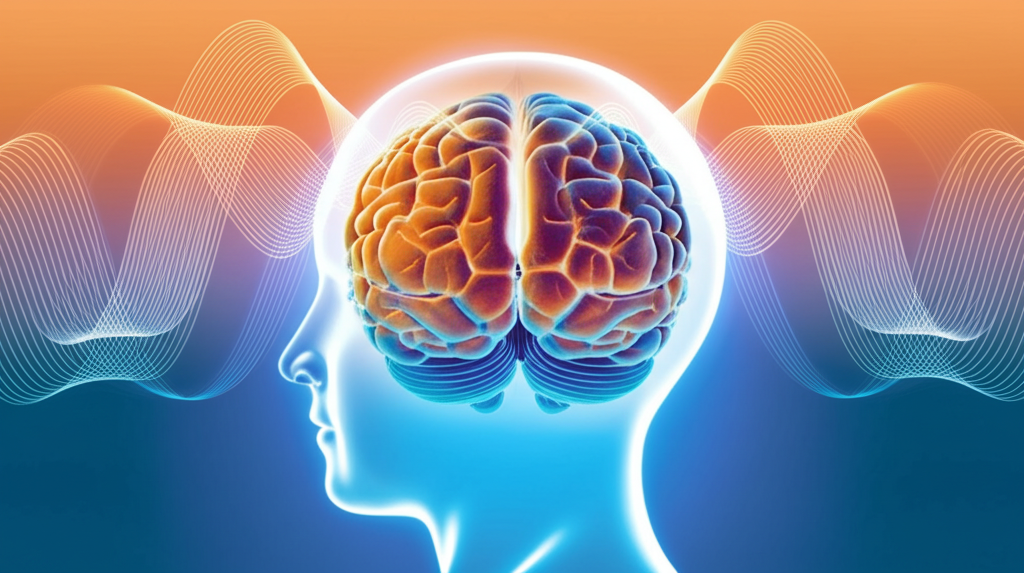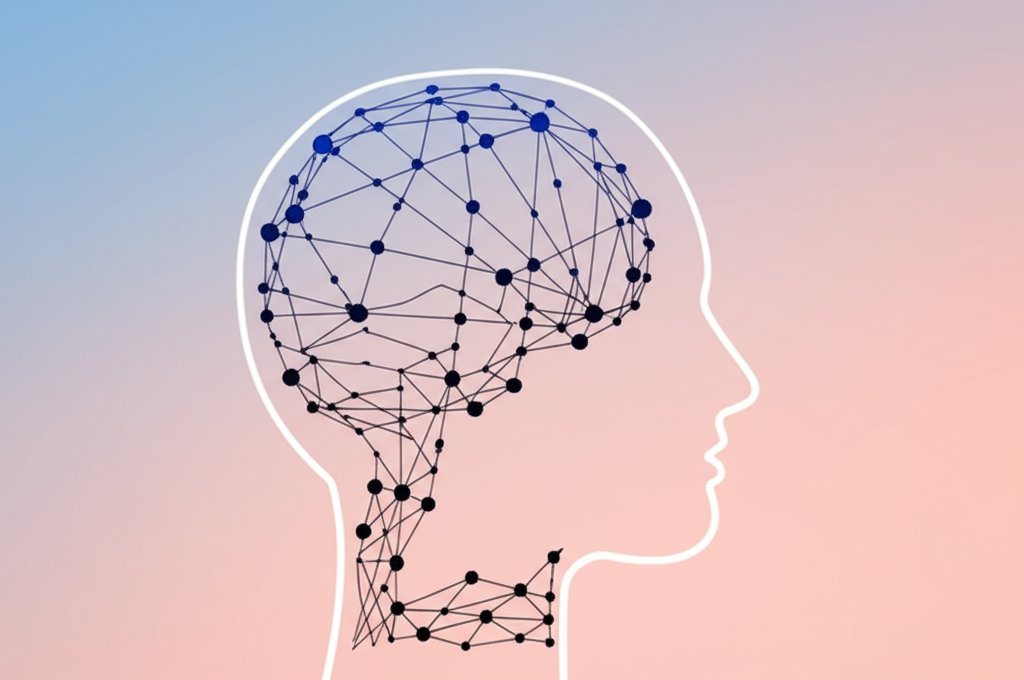The Neuroscience Behind Human-AI Voice Interactions

As AI voice technology becomes increasingly sophisticated, understanding how the human brain processes these interactions has become a critical area of research. At Osmosian, our research team has been conducting studies to explore the neuroscience behind human-AI voice interactions and how this knowledge can inform the design of more effective AI phone agents.
The Human Brain and Voice Processing
The human brain has evolved specialized neural pathways for processing human voices. When we hear someone speak, our temporal lobes activate in specific patterns, helping us identify the speaker, interpret emotional cues, and understand the content of their speech. Our research has revealed fascinating insights into how these same neural pathways respond when the voice comes from an AI system.
fMRI scan comparing brain activity when listening to human vs. AI voices
Key Research Findings
Through a series of controlled experiments using functional magnetic resonance imaging (fMRI) and electroencephalography (EEG), our research team has made several significant discoveries:
- The brain's voice-selective areas respond similarly to high-quality AI voices and human voices at the initial processing stage
- Subtle differences emerge in secondary processing regions related to social cognition and theory of mind
- The uncanny valley effect (discomfort with almost-but-not-quite human replicas) manifests neurologically when AI voices have minor imperfections
- Consistent exposure to the same AI voice creates neural familiarity patterns similar to those formed with human voices
- Trust-related brain regions show increased activity when AI voices demonstrate contextual awareness and memory of past interactions
Our research suggests that the human brain is remarkably adaptable in how it processes synthetic voices. With sufficient quality and contextual intelligence, AI voices can establish neural patterns of trust and familiarity that approach those of human interactions.
The Importance of Prosody and Emotional Cues
One of our most significant findings relates to prosody—the patterns of rhythm, stress, intonation, and voice modulation that convey emotional and contextual meaning. Traditional text-to-speech systems often failed to replicate these subtle aspects of human speech, creating a disconnect in how the brain processes the information.
Our research shows that AI voices with advanced prosody capabilities activate the brain's emotional processing centers in patterns much closer to those activated by human voices. This neurological engagement translates directly to higher levels of listener comfort, trust, and information retention.

Comparative analysis of prosodic patterns in human and AI speech
Memory and Contextual Awareness
Another fascinating aspect of our research concerns how the brain responds to contextual awareness in conversations. When humans converse, we naturally reference shared history and maintain context throughout the interaction. Our studies show that when AI phone agents demonstrate similar capabilities—remembering previous interactions and maintaining context throughout a conversation—they activate neural reward pathways associated with satisfying social interactions.
- Recognition of the caller and their history activates the brain's reward centers
- Contextual continuity reduces cognitive load in the prefrontal cortex
- Appropriate reference to past interactions stimulates positive emotional responses
- Seamless topic transitions maintain neural engagement patterns similar to human conversations
Practical Applications in AI Phone Agent Design
These neuroscientific insights have directly informed the design of Osmosian's AI phone agents. By understanding how the brain processes voice interactions, we've implemented several key features:
- Dynamic prosody adjustment based on conversation content and customer emotional state
- Contextual memory systems that reference past interactions in neurologically optimal ways
- Micro-pause patterns that mirror human speech rhythms and give the brain time to process information
- Voice personalization that creates consistent neural familiarity patterns over time
- Emotional intelligence algorithms that adjust tone and pacing based on detected customer states
These features aren't just technical improvements—they're specifically designed to work with the brain's natural voice processing systems, creating more comfortable, trustworthy, and effective interactions.
The Future of Neuroscience-Informed AI
Our ongoing research continues to explore the fascinating intersection of neuroscience and AI voice technology. Current areas of investigation include:
- Cultural differences in neural responses to AI voices
- Long-term neurological adaptation to regular AI interactions
- Optimal voice characteristics for different types of information processing
- Neural markers of trust establishment in voice-only interactions
- The role of subtle imperfections in creating more "human" neural responses
We believe that truly effective AI voice technology must be developed with a deep understanding of how the human brain processes speech. Our research program continues to push the boundaries of this understanding, directly informing our product development.
Conclusion
The neuroscience of human-AI voice interactions represents a fascinating frontier in both AI development and our understanding of human cognition. By continuing to explore how our brains process these increasingly common interactions, we can design AI phone agents that work in harmony with our neural architecture rather than against it.
At Osmosian, we remain committed to this research-driven approach, ensuring that our AI phone agents don't just sound human—they interact in ways that our brains naturally process as comfortable, trustworthy, and effective communication.
